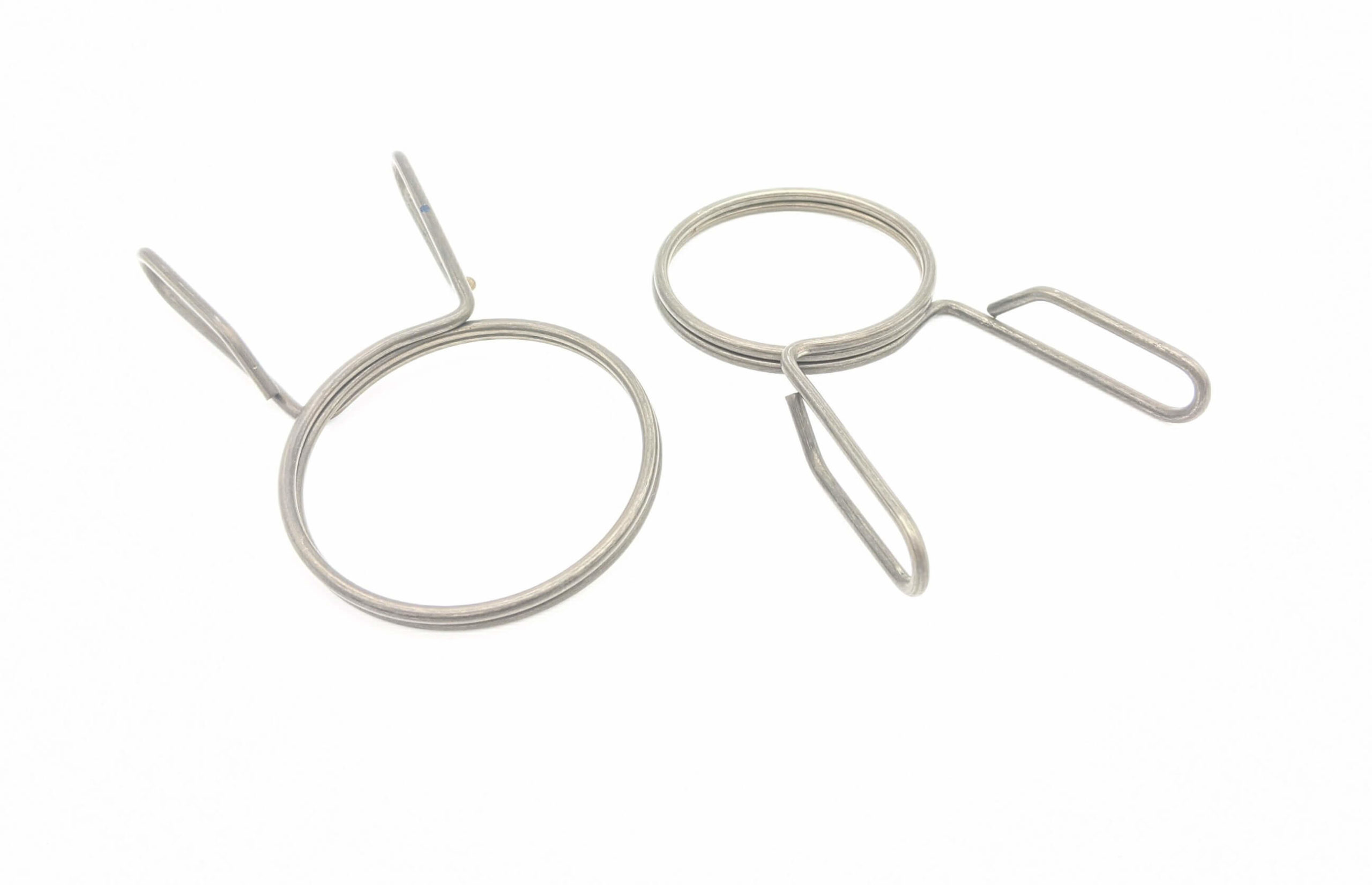Get unique, complex parts easily. No matter your requirements, Chaoyi Spring creates hard-to-produce coil springs and wire forms.
Let us help you create the custom wire form you need, from S-hooks and J-hooks to utility hooks and more.
We work closely with customers across a wide range of industries, helping them design and manufacture made-to-order parts.
Why choose Chaoyi Spring? We prioritize customer-focused collaboration, modern equipment and the latest technology to make your parts per print.
Find the information and guidance you need, from measuring a spring to learning about materials, placing an order and much more.
Springs, those ubiquitous components found in countless machines and devices, play a critical role in absorbing energy, providing support, and returning to their original shape. But what about when we


Springs, those ubiquitous components found in countless machines and devices, play a critical role in absorbing energy, providing support, and returning to their original shape. But what about when we need to compress these springs? This task, often requiring specialized tools and techniques, is essential for various applications. From assembly and manufacturing to repair and maintenance, understanding the tools used for spring compression is crucial. Let's dive into the fascinating world of spring compression and explore the tools that make this process efficient and safe.

Spring compression is a fundamental process in numerous industries, ranging from automotive and aerospace to electronics and manufacturing. Whether you're assembling a complex machine or simply repairing a household appliance, the ability to compress a spring accurately and safely is often essential.
Why is spring compression so important? Primarily, it allows us to manipulate the spring's force and potential energy. By compressing a spring, we store energy within it, ready to be released upon decompression. This principle is fundamental to countless applications, including:
The tools used for spring compression are specifically designed to handle the unique properties of springs. They must be robust enough to withstand the spring's force while providing precise control over the compression process. Let's explore the most common tools and their applications:
1. Mechanical Spring Compressors: These are the most common types of spring compressors, employing a mechanical mechanism to apply pressure to the spring. They are often used for relatively straightforward compression tasks, particularly in automotive applications. Mechanical spring compressors come in various designs, including:
2. Hydraulic Spring Compressors: For heavier-duty applications, hydraulic spring compressors offer immense force and precision. These compressors utilize hydraulic pressure to compress the spring, allowing for the safe and controlled compression of large and powerful springs.
3. Air-Powered Spring Compressors: Air-powered spring compressors provide a convenient and often safer alternative to mechanical compressors. They use compressed air to power a piston, applying force to the spring. Air-powered compressors are particularly useful for applications where space is limited or where high compression forces are required.
4. Specialized Spring Compressors: Depending on the specific application and spring type, specialized spring compressors may be necessary. These can include:
Safety Considerations: Spring compression can be a dangerous process, particularly when dealing with high-force springs. Always follow these safety precautions:
Spring compression is a crucial process in many industries, and understanding the tools and techniques involved is essential for safe and effective results. From simple mechanical compressors to advanced hydraulic systems, there is a tool for every application. Always prioritize safety by using appropriate tools, wearing protective gear, and following best practices. With the right tools and knowledge, you can confidently tackle any spring compression task.
So, the next time you encounter a spring that needs compressing, remember the tools and techniques discussed here. By understanding the importance of spring compression and using the right tools, you can ensure a safe and efficient outcome for your project.
Browse some of the custom wire forms and springs that we manufacture. Don’t see what you need? We specialize in made-to-order products that meet your application requirements.
Visit Our GalleryNeed a custom wire form or coil spring? We make it work. Fill out the contact form and a representative will respond within 1 business day. If you have a PDF or CAD file, you can submit to request a quote.